
June 7, 1990, dawned clear and bright. A crackle of anticipation was in the air. Walt Disney World had long been the undisputed leader in the Central Florida theme park market, leaving a trail of its competitors’ corpses in its wake. Yet this time, things were different. The venerable Universal Studios, a Hollywood icon since 1915, had come to town.
This was to be the opening day of Universal Studios Florida.
Disney had just opened its own movie-themed park, Disney-MGM Studios (now Disney’s Hollywood Studios), the year before. Could the region support two movie parks? Would Universal dominate, toppling what was then considered a half-day park? Or would Disney emerge victorious, as it had in every Central Florida theme park war since its 1971 opening? Although Disney took out a full-page ad in the Orlando Sentinel welcoming Universal to the neighborhood, it was clear that a battle of the titans was about to erupt. Lines were drawn in the sand, and both the local and national media were abuzz.
The disaster that unfolded that day was perhaps unavoidable, and certainly not surprising to anyone who knows their theme park history. Like Disneyland before it, Universal discovered that when a brand new park pushes the limits of technology, anything is possible. The resulting calamity was so bad that some commentators speculated that the park might not survive.
I was there that day, a young star-struck teenager filled with anticipation. Here is my recollection.
The backstory
Universal Hollywood first opened its gates to the public in 1915, three years after the studio’s founding, under the direction of original founder Carl Laemmle. For just 25 cents, visitors were welcome to stay as long as they liked and watch whatever happened to be filming on the lot that day. A chicken lunchbox cost five cents extra.
This setup worked well in the era of silent films, but when “talkies” debuted around 1930, there was no way to control the ambient crowd noise. Though Mr. Laemmle loved his open relationship with his visitors, he had no alternative but to close the gates. Carl Laemmle passed away in 1939, having lost control of the studio to the investment firm Standard Capital when he was unable to repay a sizeable loan.
The studio changed hands a couple of times, coming under the control of Decca Records in 1952. The new owners inked a deal with Gray Line Tours in 1956, allowing tour buses to travel the backlot as part of the company’s Hollywood Tour. After a 1957 fire destroyed much of the backlot, Universal changed hands again in 1959, this time to MCA ownership.
MCA President Albert Dorskind realized that tourists could prop up sales in the studio commissary (restaurant), and that tour revenue could boost the studio’s bottom line. The years 1962 to 1964 were a time of transition. Gray Line was contracted to run the all-new Revue Studios Tour, a lengthier backlot tour, separate from the Hollywood Tour, which also included lunch at the commissary.
In 1964, Dorskind convinced MCA Chairman Lew Wasserman to invest heavily in the facilities needed to create a truly immersive guest experience. The new studio-controlled GlamorTrams tour debuted that summer, adding several exhibits and demonstrations to the tour. This marked the creation of Universal Studios Hollywood as we know it today.
Over the next two decades, the park thrived. Several standalone shows and attractions were added, but the heart of the action continued to take place as part of the tram tour. With new wonders being added frequently, to the delight of locals and tourists alike, MCA was ready to expand. Florida was at the top of its wish list, but the powers that be were a bit hesitant to take on Disney in Central Florida, where it was the undisputed king of the hill.
In the early 1980s, MCA approached rival studio Paramount about a possible partnership. This would reduce the capital outlay, and hence the risk, for both companies, while allowing them to share the rewards. However, the deal was rejected by Paramount’s then-President and COO, Michael Eisner.
Eisner went on to become Chairman and CEO of The Walt Disney Company in 1984. Meanwhile, the Universal Studios Florida idea seemed dead in the water—until fate intervened one day in 1986. As show designer Peter Alexander explains on his Totally Fun Company website, he was working on the animatronic for the soon to debut King Kong portion of the studio tour when his college roommate, Steven Spielberg, happened to drop by.
As the story goes, Spielberg was so impressed that he asked Alexander to start working on concepts for a Back to the Future ride. A friendly rivalry with George Lucas, who was heavily involved in the 1986 design process for Disneyland’s Star Tours, had Spielberg’s interest piqued. When Hollywood’s Kong turned out to be a smash success, and Spielberg agreed to sign on, MCA finally gave the green light for the Florida attraction.
The original plans called for a similar park design to the one in Hollywood, with the bulk of the experience taking place on board a tram. However, Eisner had already seen those plans during his Paramount days, and when he caught wind that the project was a go, he took advantage of Disney’s independent government system to beat Universal to the punch by announcing Disney-MGM Studios. But Lew Wasserman and MCA CEO Sid Sheinberg stepped up to the challenge, deciding to beat Disney at its own game. The revised park would now consist of stand-alone attractions that smashed the limits of existing technology. Peter Alexander’s article calls it an “arms race” with Disney.
Disney-MGM Studios was not a critical success in its first year (although it was a commercial one). With few attractions and loose theming, many critics disparaged it as a half-day park. Popular opinion was that it was slapped together in a hurry, ostensibly for the sole purpose of heading off Universal.
Yet Universal had its critics too. Besieged by construction delays and problems with technology, the company pushed back its grand opening several times, from an original projected date of December 1989 to its official grand opening date of June 7, 1990. The local and national media reported everything they could get their hands on, both positive and negative, while local residents waited guardedly to see what would happen.
By the time opening day finally rolled around, the hype had reached a fever pitch. With a star-studded gala featuring some of Hollywood’s biggest names, the day proved nearly irresistible. Some came for autographs, some came to watch the park fail spectacularly, and some heralded it as a new dawn for a Central Florida landscape that they felt was entirely too dominated by Disney.
The crowds
In those days, Universal Studios Florida was just one park, with a single parking lot that sat roughly where CityWalk is today. There was an entrance from Kirkman Road and an entrance from Turkey Lake Road, both of which dumped onto the only road that led to the parking lot. Drop-off was on a small connecting loop off the main park entrance road, with an exit on Vineland Road.
This relative lack of space for cars waiting to get in meant that traffic backups were inevitable. My dad and I traveled from Lakeland, about 50 miles away via Interstate 4, and it took us more than two hours to get there. Once on property, we sat in a long line to pay our parking fee and find a spot, and then stood in long lines for both the parking lot tram and the turnstiles.
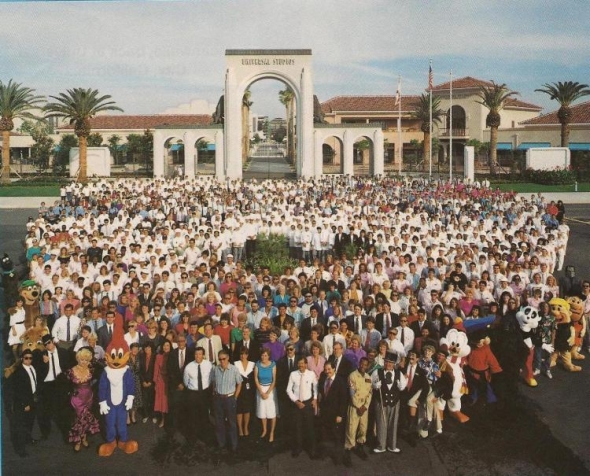
Long lines were the order of the day. Estimates put the crowd size at around 10,000—a fairly large number given that only 12 attractions were open, and a lot of the walkways were blocked by grandstands and other special opening day paraphernalia.
However, the vast majority of the crowd was friendly and in good spirits. In those days, long before the debut of FastPasses, Express Passes, and Speed Passes, waiting in line was just something you did when you visited a theme park. When a new attraction opened at an existing park, the waits were astronomical. For example, my family happened to be in Epcot on opening day for The Living Seas. We had been chosen for a soft opening the week before, so we happily walked on by the line, which stretched to the other side of Future World.
When a brand-new, heavily anticipated theme park opened, all bets were off. We visited Epcot on opening day in 1982, but my dad had a final exam that morning, so we were unable to arrive before lunchtime. The crowds were immense, and we were able to experience only a handful of attractions. So we knew going into it that we were not likely to see all that Universal had to offer on that day. So did the majority of people we chatted with while standing in various queues.
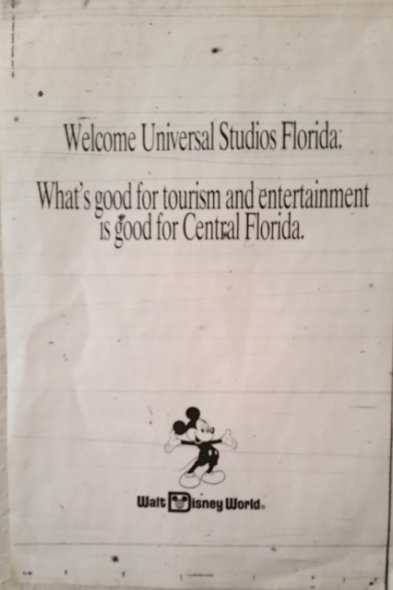
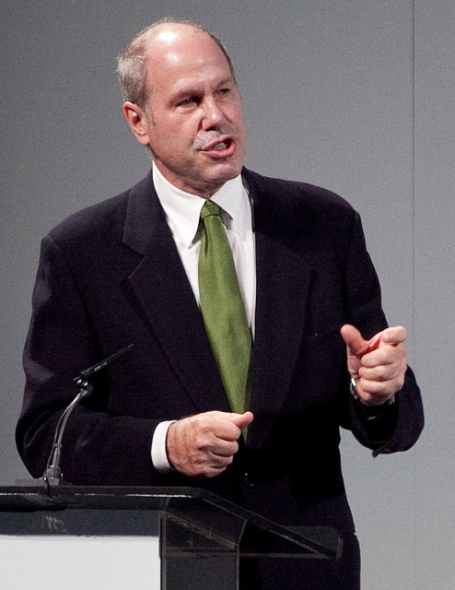
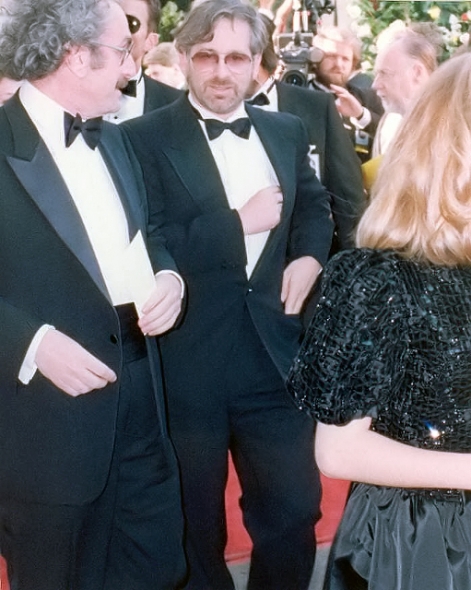
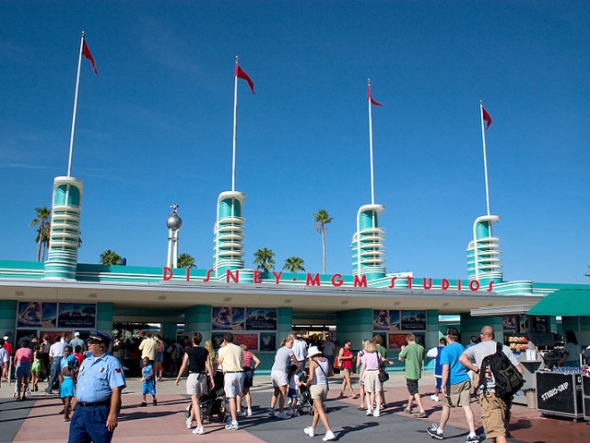
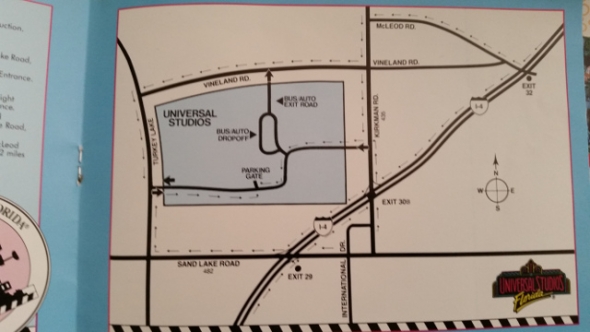
Add new comment